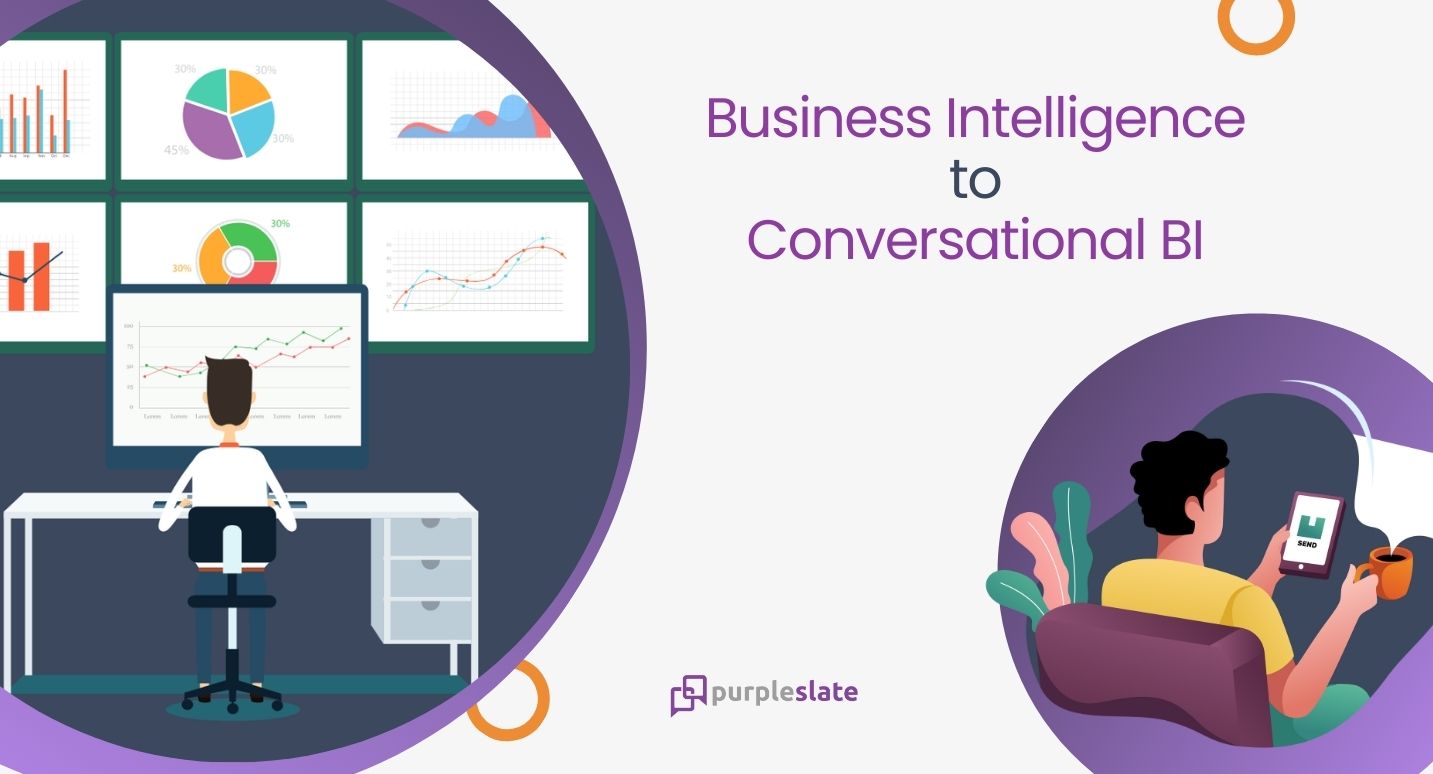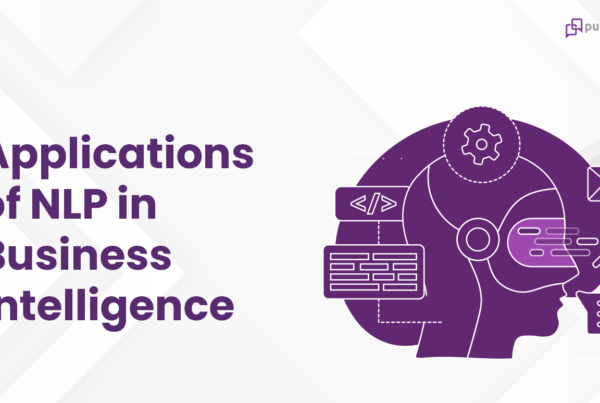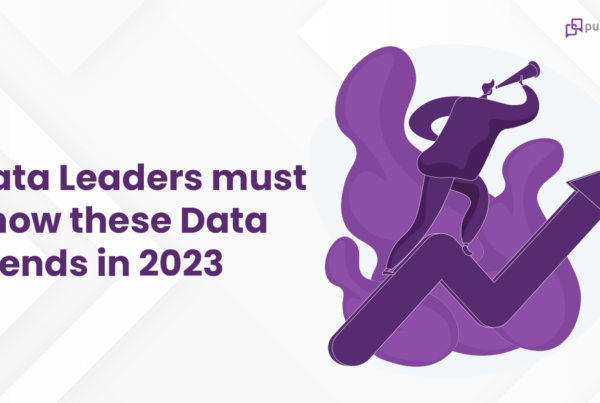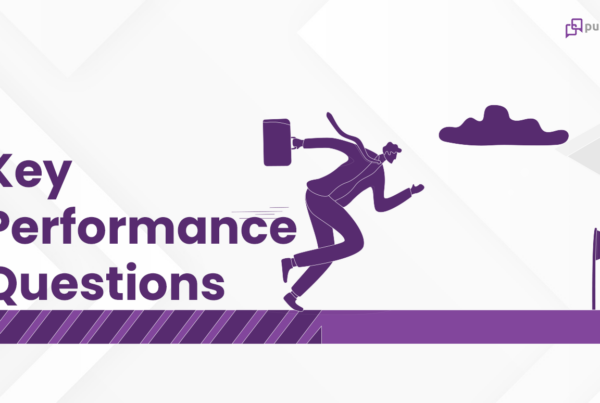
Introduction
The transformation from traditional business intelligence (BI) to Conversational BI, exemplified by advancements like Kea, a Smart Data Analyst, marks a significant leap in how businesses approach decision-making. This evolution leverages technologies such as artificial intelligence and chatbots to enable interactive and targeted visualizations, enhancing the efficacy of data analytics. Understanding this shift is not only about appreciating technological advancements but also about recognizing how it reflects a broader change in decision-making practices. Once narrowly defined as ‘resource allocation’ or ‘policy making’, the concept of decision-making has evolved dramatically, influenced by interdisciplinary studies in fields ranging from sociology to mathematics, underpinning the movement towards more dynamic, conversational interfaces in BI.
As we delve into the future of business intelligence, it’s essential to consider the pivotal role of Conversational BI, like Kea, in streamlining complex data interactions. This innovative approach not only simplifies access to business intelligence but also aligns with the historical evolution from rigid decision-making models towards more adaptive, heuristic-based frameworks. The shift towards conversational interfaces in BI is a testament to the increasingly sophisticated requirements for decision-making in the business world, spurred by the recognition of our cognitive limitations and the complex, information-saturated environment we navigate. This article aims to explore the genesis of business intelligence, its progression to conversational BI, and the profound impact these technologies hold for future decision-making strategies.
The Genesis of Business Intelligence
The origins of Business Intelligence (BI) can be traced back to 1865 when Richard Millar Devens first coined the term to describe Sir Henry Furnese’s advantage in utilizing information to outpace his competitors. This concept evolved significantly with technological advancements. In 1958, Hans Peter Luhn, an IBM computer scientist, discussed the potential of technology in gathering BI, marking a pivotal shift towards modern data handling.
Evolution of Database Management
- Relational Database Model: Edgar Codd’s 1970 proposal for a relational database model revolutionized data organization, addressing the issues of data silos and fragmented reporting.
- Decision Support Systems (DSS): These systems, developed from the relational database model, laid the groundwork for modern BI practices.
Advancements in Data Analysis
- Online Analytical Processing (OLAP): Introduced three critical operations—consolidation, drill-down, and slicing and dicing, enabling multifaceted data analysis.
- Executive Information Systems (EIS): In the late 1970s, these systems were developed to help top management utilize the internet for business intelligence, enhancing decision-making capabilities.
Growth of Data Warehousing and BI Tools
- Data Warehouses: Gaining popularity in the 1980s, these facilities drastically reduced data access times and supported the burgeoning use of big data.
- Simplification of BI Tools: Post the 1988 Multiway Data Analysis Consortium in Rome, BI services began to offer tools that empowered decision-makers to be more self-sufficient, paving the way for systems like Kea, a Smart Data Analyst or Conversational BI, which further streamline this evolution.
This historical progression underscores how foundational changes in technology and data management have shaped the landscape of business intelligence, leading to sophisticated systems that support dynamic decision-making processes today.
From Traditional BI to Advanced Analytics
The transition from traditional Business Intelligence (BI) to Advanced Analytics signifies a pivotal evolution in data-driven decision making. This evolution is marked by the integration of Artificial Intelligence (AI) with BI tools, enhancing the speed and efficiency of data analysis and enabling the swift extraction of actionable insights.
Types of Analytics
Descriptive Analytics: Focuses on summarizing historical data to describe what has happened.
Predictive Analytics: Utilizes statistical models to forecast future trends, helping businesses identify sales patterns and potential market changes.
Prescriptive Analytics: Goes a step further by suggesting actions based on predicted outcomes, allowing businesses to explore various scenarios and their potential impacts.
Streaming Analytics: Involves real-time data processing, crucial for immediate decision-making and response mechanisms.
Advanced Analytical Tools and Techniques
BI Tools: Platforms like Tableau and Power BI enhance data analysis with custom calculations and predictive forecasting.
Data Intelligence Platforms: Tools such as Collibra Data Catalog help manage and visualize data from various sources, improving data governance and accessibility for advanced analytics.
AI and Machine Learning: These technologies are increasingly used to uncover patterns and offer hyper-personalized insights, significantly impacting business strategies and customer interactions.
The integration of AI with BI, exemplified by tools like Kea, a Smart Data Analyst or Conversational BI, represents a quantum leap in business intelligence. This integration not only streamlines the analysis process but also ensures that businesses can operate with enhanced efficiency and foresight, tailored specifically to their operational needs and market demands.
The Rise of Conversational Business Intelligence
The emergence of Conversational Business Intelligence (BI) represents a transformative leap in how businesses interact with data, making complex analytics accessible to a broader range of users. This evolution is powered by three critical components:
Machine Learning and Natural Language Processing (NLP): These technologies underpin the ability of Conversational BI systems to understand and process human language, enabling users to ask questions and receive insights in natural, conversational formats. This integration allows for dynamic learning and adaptation, enhancing the system’s ability to deliver relevant and personalized responses.
Data Visualization and Conversational User Interface (UI): Conversational BI tools, such as Kea, employ sophisticated user interfaces that present data through interactive visualizations like charts, reports, and dashboards. This approach not only simplifies the interpretation of complex datasets but also makes the analytics process more engaging and intuitive for users.
Integration with Enterprise Systems: At its core, Conversational BI seamlessly integrates with existing databases and business software, ensuring that the insights generated are both accurate and actionable. This capability is crucial for organizations looking to leverage their historical data while incorporating real-time data feeds to make informed decisions swiftly.
By democratizing data access, Conversational BI platforms like Kea enable non-technical users to perform sophisticated data analysis without prior training, significantly boosting productivity and decision-making efficiency across various business functions.
Challenges and Considerations in Implementing Conversational BI
Implementing Conversational Business Intelligence (BI) like Kea, a Smart Data Analyst, presents several challenges and considerations that organizations must navigate to ensure successful deployment and utilization:
Technical and Strategic Challenges
- Accuracy and Data Quality: Ensuring the accuracy and reliability of data is paramount, as poor data quality can significantly impact the effectiveness of Conversational BI solutions.
- Integration with Existing Systems: Choosing the right software involves understanding specific organizational needs, including how the system will integrate with existing technologies and align with business strategies.
- Security Concerns: Managing the security of diverse data streams is complex, requiring robust security frameworks to protect sensitive information.
Operational and Regulatory Challenges
- Cost Management: The total cost of Conversational BI extends beyond the purchase price, encompassing implementation, training, and scaling, which can become financially burdensome.
- Regulatory Compliance: Navigating various regulations like GDPR and HIPAA is crucial, as BI systems often handle personally identifiable information (PII).
Organizational and Developmental Challenges
- Skill Gaps: A lack of technical skills among staff can hinder the effective implementation of BI tools, making comprehensive training programs essential.
- Change Management: Developing effective training and communication strategies helps in managing change and reducing resistance among users, ensuring they can leverage the tools efficiently.
By addressing these challenges with clear strategies and robust planning, organizations can enhance their decision-making capabilities using advanced tools like Kea, ensuring they remain competitive in a data-driven world.
Conclusion
The exploration of the transformation from traditional Business Intelligence (BI) to Conversational BI articulates a compelling narrative on the evolution of data analytics and decision-making protocols. Through platforms like Kea, a Smart Data Analyst, businesses can now harness the power of Conversational BI to navigate the complex data landscapes more intuitively and efficiently. It’s evident that the progression towards these advanced analytics tools marks a paradigm shift in how companies interpret data, empowering them with the ability to make informed decisions swiftly and with greater precision.
The significance of this evolution cannot be overstated, as it opens up a myriad of opportunities for enterprises to optimize their operational, strategic, and customer engagement practices. The real-world applications of Conversational BI, particularly through systems like Kea, showcase the transformative potential these technologies hold for various sectors. As organizations look forward to leveraging these advanced tools, it’s crucial to acknowledge the challenges and considerations in implementing such systems to fully capitalize on their capabilities for enhanced decision-making and strategic planning.




